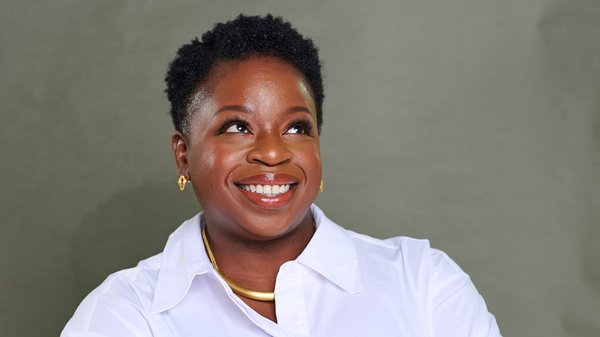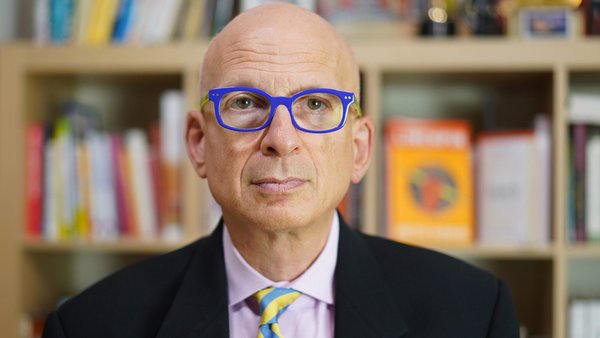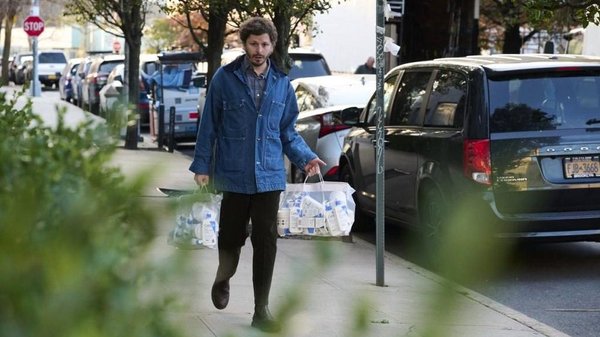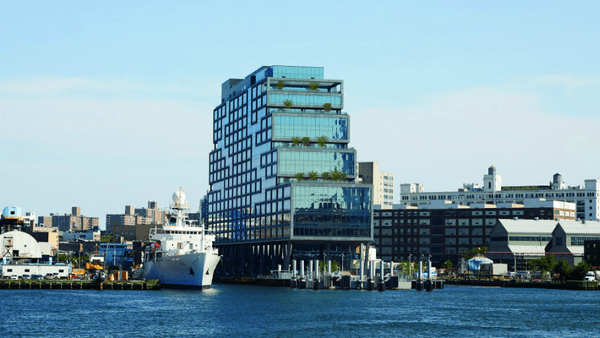‘Marketing people aren’t representative of the groups they’re trying to connect with’ /
Gen Z specialist Kian Bakhtiari, founder of consultancy The People, reveals how marketers can better understand young consumers
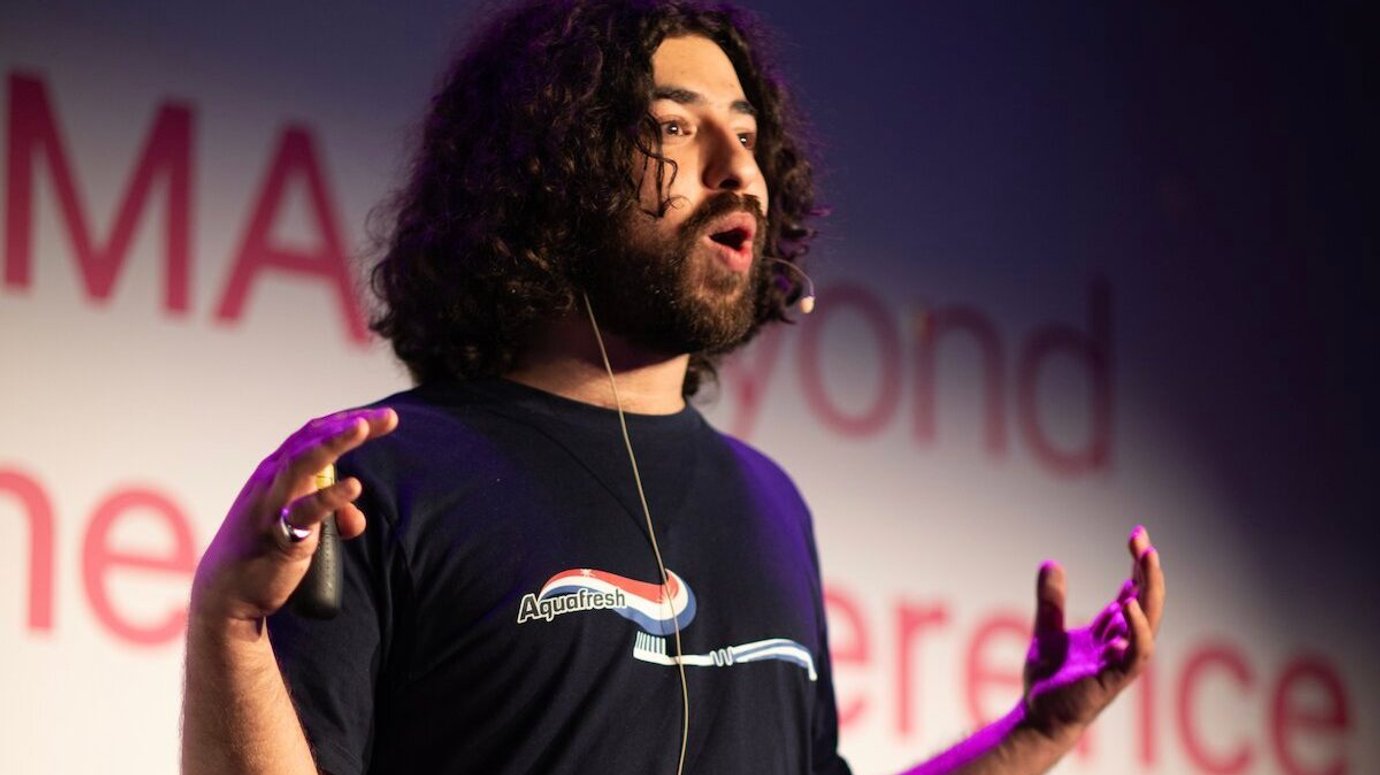
Forging strong connections with Gen Z, the group of people born between 1997 and 2012, is central to the fortunes of brands, not least because their collective total global spending is forecast to reach $12trn by 2030.
But communicating with this diverse cohort is complicated due to a range of specific needs and pressures. Most notably, despite their future spending power, this is a generation facing high levels of economic insecurity and negative impact on levels of disposable income. Some 40% of Gen Z households are in the low-income bracket, and 25% more likely to be so than the average consumer.
It’s also significant that Gen Z is the first generation of digital natives. Technology is a seamless part of their lives, and in the UK they spend an average of more than six hours each day online.
Gen Z’s interaction with digital platforms has a range of both positive and negative effects, according to global research from the McKinsey Health Institute. Respondents reported that social media usage can lead to a fear of missing out (fomo) or poor body image, but it also can help with social connections and self-expression.
To get to grips with these and the other big issues facing Gen Z, and how brands can better market to young consumers, Contagious spoke with Kian Bakhtiari, founder of The People, a London-based consultancy designed to amplify the voices of young people and help diversify and futureproof companies.
This interview has been edited for length and clarity. The full version is available to subscribers of our IQ platform here.
Why do businesses need to work harder to consider the perspectives of younger people?
I started The People six years ago. Working in the world of media and advertising I realised really smart people were spending a lot of money, time, effort and energy creating campaigns. Then, when I was with my friends on the weekend, they couldn’t care less, and there was that disconnect between what gets created and how much it matters to ordinary people.
Part of the problem is that marketing people aren’t representative of the groups they’re trying to connect with. Ordinary people have got more important things to think about. They’re thinking about their bills, their shopping, how they’re going to pay their rent.
What are the biggest misconceptions people have of Gen Z?
A big one is that Gen Z is just one monoculture. The reality is we’re talking about more than 2 billion people. Naturally, there’s as much diversity within Gen Z as there is outside. Another is that all young people are socially progressive. I don’t think that’s the case. Are you talking about young people in rural areas? Are you talking about young people in urban areas? What are the demographics? What are their interest points?
Can you explain the ‘boomer blockade’ and the economic impact it has on Gen Z? What are the business implications of this for brands?
It’s a demographic shift and it’s a marker of success that people are living longer. That’s great but it means there’s this boomer blockade where young people are not getting an opportunity to shine, to have an outlet, to be able to shape the future.
The average age of a board of director is 60, whereas 50% of the world’s population is under 30. Think about that huge gap between who’s making decisions and whose future it’s going to affect. For a lot of young people there’s two reactions to that, either they switch off or, on the flip side, there are young people in our community who are creating their own platform.
That age gap is even more pronounced in politics, where less than 3% of parliamentarians are under 30. If you think about policy, if you think about investment, you think about power, young people are locked out. Here is where brands potentially have the opportunity. If you look at a lot of the polls, people trust business more than they do politicians. The question becomes how can we invite young people to participate in their own future?
Young people want to be involved. They want to be participants in their own future. It just takes a mindset shift in businesses away from the top-down hierarchical approach. From the ‘we’re doing this, we’re going to launch this campaign, and we expect it to do this’ attitude to ‘these are the communities we want to collaborate with, and how can we build something together?’
What more can brands do to tap into this opportunity with Gen Z?
There’s this idea of living in the moment – to focus right now on my mental wellbeing and being present. And, when it comes to their purchasing habits, they have the attitude of ‘you know what? I’m going to enjoy the now, I’m going to treat myself to that latte or that ice cream or that treat, because who knows what the future holds?’
That’s become even more pronounced since the pandemic. This idea of little treats, escapes from the bigger picture – because when the future feels quite scary you want these micro moments of joy – that’s one of the opportunities. The bigger opportunity, however, is how can you boost the economic chances of young people? Because if they’re spending all their money on rent, where are they going to get money to spend on brands and products and services?
Loneliness is another big concern for Gen Z. What can marketers do about this?
There’s a lot of research to back that Gen Z is now the loneliest generation. I want to preface this – it’s very much if we look at cities in Western Europe and North America. It’ll be a different picture in Africa, or Southeast Asia or Latin America, but you can see where things could be going. You’ve had a generation that’s grown up with digital platforms and media, and we’ve almost designed social interaction out of our lives. You go to the shop, where there’s no longer a person to speak to, or you can get everything delivered to you. Social interaction through the lens of capitalism has been viewed as this nuisance to get rid of. But that’s created this vacuum and void where young people have no spaces they can go to and hang out.
What happened to just hanging out? It doesn’t exist anymore. And I think that is one of the biggest opportunities. The brands and the agencies that will thrive the most are going to be the ones that can bring young people together again. You’re seeing this shift of young people going away from apps, they’d much rather join run clubs and stuff like that. That points to this real desire for community, for human connection. There’s this human desire we all want to feel of being part of a society.
How can brands speak to Gen Z authentically?
Harness the power of your own team and employees. Often, companies have young people who are part of their business, but their voices aren’t heard, or they’re not asked to contribute. That’s the easy win. You also need to get a fresh ‘outside in’ perspective. And the biggest tip is to challenge agencies, consultancies, and partners. Sometimes you need that external lens of ‘what do young people really think?’
Then, how do you take it from a one-off project to always engaging, understanding, connecting and listening to young people? One of the things we do at The People is build youth advisory boards for brands and companies to make sure that they’re getting that ‘always on’ fresh outside thinking.
Want more of the same? /
We don’t just write about best-in-class campaigns, interviews and trends. Our Members also receive access to briefings, online training, webinars, live events and much more.
